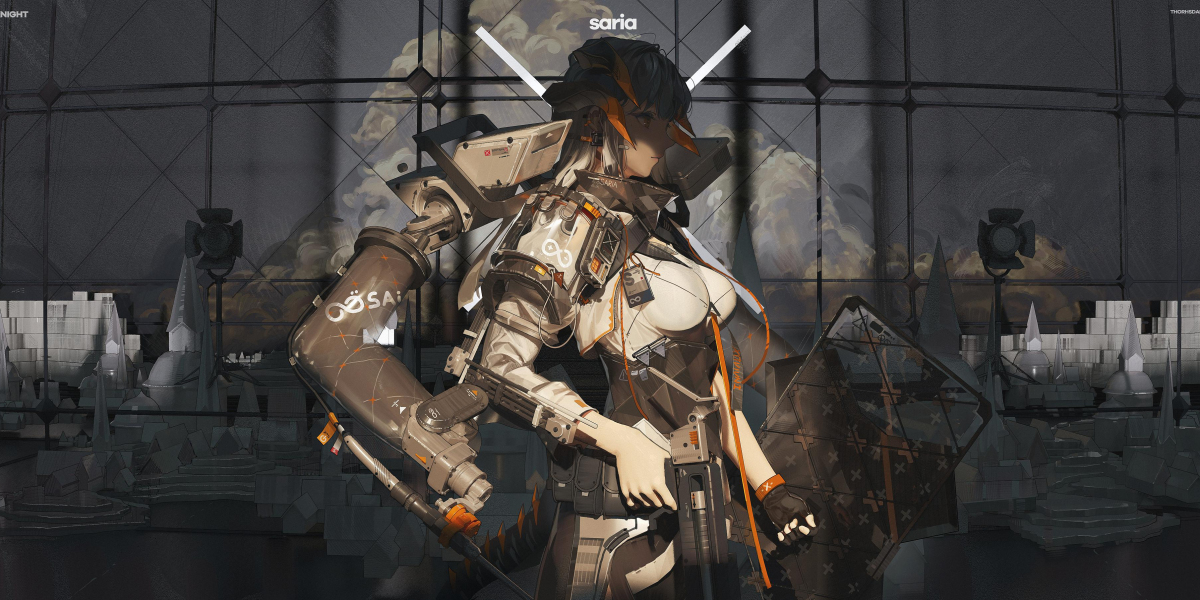3D printing with ABS filament can be a rewarding experience, but it also presents unique challenges, particularly when it comes to warping. Understanding how to succeed when 3D printing with ABS filament is crucial for achieving high-quality prints. This article will explore effective strategies to minimize warping and ensure optimal adhesion during the printing process.

Understanding ABS Filament and Its Properties
ABS, or Acrylonitrile Butadiene Styrene, is a popular thermoplastic known for its strength and durability. However, it is also prone to warping due to its high thermal expansion coefficient. When printing with ABS, the temperature fluctuations can cause the material to contract and expand, leading to warping. Therefore, it is essential to create a stable printing environment.
How to Succeed When 3D Printing with ABS Filament: Key Strategies
- Use a Heated Bed: A heated bed is crucial for maintaining the temperature of the print and reducing warping. Set the bed temperature between 90°C to 110°C for optimal results.
- Choose the Right Build Surface: Using surfaces like glass or PEI can enhance adhesion. These materials provide a smooth finish and help keep the print in place.
- Adjust Print Settings: Fine-tuning your print settings, such as layer height and print speed, can significantly affect the outcome. Slower print speeds often yield better adhesion.
- Implement Proper Cooling: While cooling is essential, too much can lead to warping. Use minimal cooling during the first few layers, then gradually increase it.
Creating an Optimal Printing Environment
To further enhance your success when 3D printing with ABS filament, consider the following environmental factors:
- Temperature Control: Maintain a consistent ambient temperature in your printing area. Ideally, the room should be warm and free from drafts.
- Enclosure: Using an enclosure for your 3D printer can help maintain a stable temperature and reduce the risk of warping.
- Humidity Levels: Keep humidity levels low, as moisture can affect the filament's performance. Store ABS filament in a dry environment.
Additional Tips for Success
In addition to the strategies mentioned, here are some more tips to ensure you achieve the best results:
- Consider using a brim or raft to increase the surface area of the print, which can improve adhesion.
- Experiment with different brands of ABS filament, as some may perform better than others.
- Regularly calibrate your printer to ensure that all components are functioning correctly.
By implementing these strategies, you can significantly reduce the chances of warping and improve the overall quality of your prints. For a more comprehensive guide on how to succeed when 3D printing with ABS filament, visit this resource.







